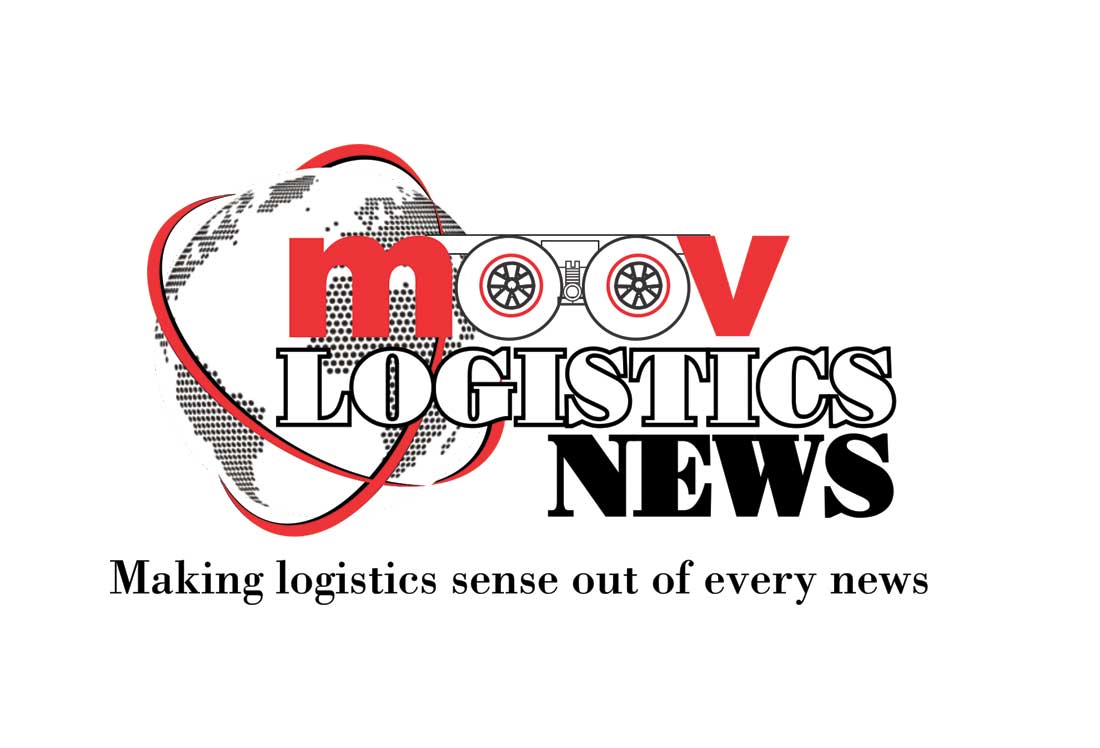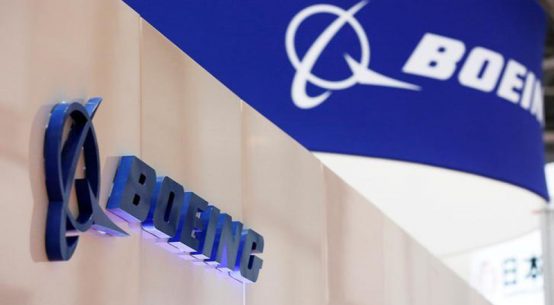
It’s not just a catchy headline any longer: your business is missing out – or even falling behind – and DHL has the data to prove it! According to the integrator’s polling, 95 percent of companies are not capturing the “full benefits of digitalization technologies for their supply chains.”
“This is a transformative juncture for the supply chain industry,” said José F. Nava, chief development officer for DHL Supply Chain. “The traditional model is facing unprecedented levels of disruption from new hardware technologies combined with information and analytics solutions.” That same new technology, Nava warned, “also means businesses that fail to adapt risk getting left behind.”
DHL’s report reveals that new technologies and solutions are developing at a fast pace and disrupting industries on multiple fronts, with supply chains struggling to keep up. The global survey of nearly 350 supply chain and operations professionals reveals that 95 percent of respondents are not fully capitalizing on the potential benefits that physical innovation and information/analytics offer.
The report looked at next-generation robotics, artificial intelligence, autonomous vehicles, blockchain, big data analytics and sensors and the extent to which companies were integrating these technologies into their supply chain strategies.
Having a purposeful strategy for supply chain digitalization is now essential to “assess the new technological landscape and chart a way forward to reap the benefits and stay ahead of the competition,” said Lisa Harrington, president of lharrington Group, which DHL commissioned to conduct the report.
Respondents ranked big data analytics as the most important information solution with 73 percent reporting that their company was investing in this technology, ahead of cloud-based applications at 63 percent, the Internet of Things (IoT) at 54 percent, blockchain at 51 percent, machine learning at 46 percent and the sharing economy at 34 percent.
On the physical/hardware side, the highest focus was on robotics with 63 percent of respondents ranking it as the most important physical technology, beating autonomous vehicles at 40 percent, 3D printing at 33 percent, and augmented reality and drones at 28 percent.
While there’s still a serious lag, DHL said that businesses are beginning to test the waters with 39 percent reporting that they are developing one or more information or analytics solution, but only 31 percent doing the same for physical applications.
.








